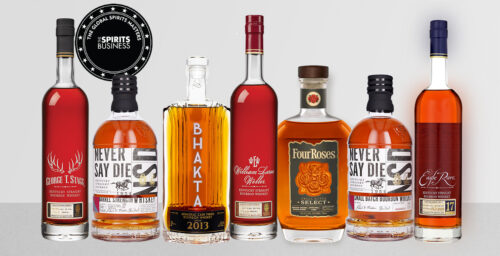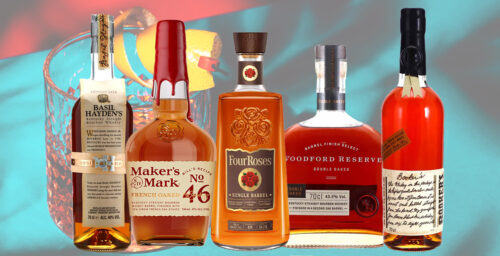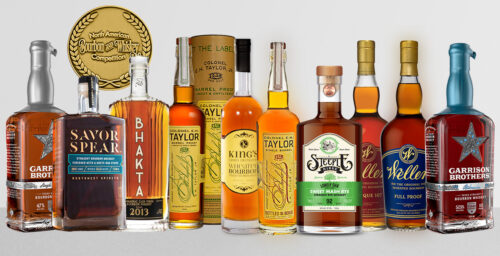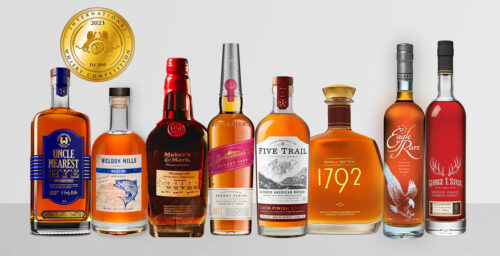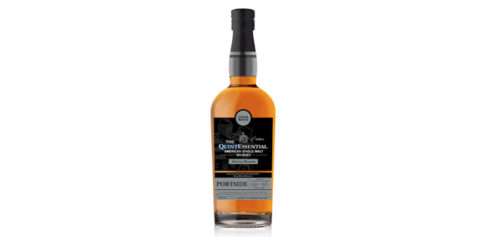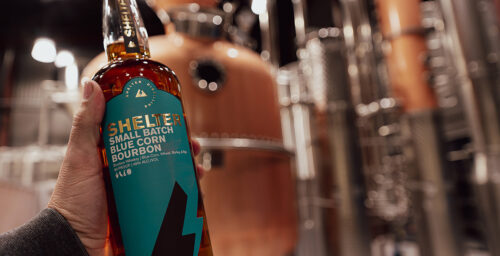Whisk(e)y is an amazingly diverse spirits category, and that diversity extends all the way to the equipment used to make it. From humble pot stills to super-technologically advanced continuous columns, today’s distillers have a lot of options.
For a more in-depth examination of the various kinds of stills used to make whiskey, see Jake Emen’s great article here. But if you’re just trying to settle a bar bet, here’s the quick and dirty:
Bourbon
Bourbon is made on continuous column stills (also called Coffey stills), many of which are equipped with a thumper or doubler, a kind of attached secondary pot still that provides double distillation. (It’s a little more complicated than that – go to Chuck Cowdery for more).
Single Malt Scotch
By law, single malt Scotch must be made on pot stills – those graceful, curving copper things without any plates in the neck. Unlike column stills, pot stills can only work in batches – wash goes in, spirit comes out, backset is removed, and still is recharged.
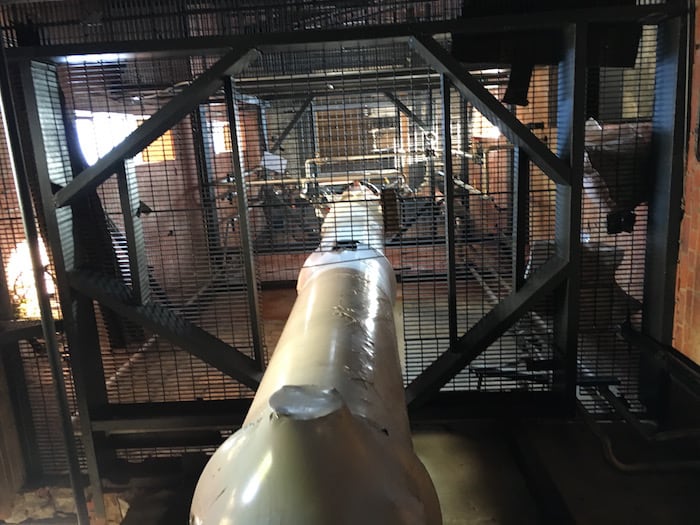
Single Grain Scotch
Single Grain Scotch is made on enormous continuous column stills, some of which are many stories high.
Irish Whiskey
Traditionally Irish whiskey was made on pot stills, but today column stills play a bigger role, since many of the big blends (including Jameson, Bushmills, and Tullamore Dew) are made from a combination of distillate produced on column stills and distillate produced on pot stills. Many Irish whiskeys, including single malts and single pot still styles, are made exclusively with pot stills.
Canadian Whisky
Most Canadian Whisky is made on column stills. Some craft operators use a pot still, but the majority relies on column distillation to reach Canadian whisky’s relatively high still proof.
Japanese Whisky
Modeled after Scotland’s whisky industry, many Japanese distilleries use pot stills. However, it’s not uncommon for a single distillery in Japan to have several different types of stills, allowing them to make a range of distillates for blending purposes. In a country with so few distilleries, none can rely on sourcing distillate from other producers to meet their needs.
Craft Whisky
It’s anybody’s guess! Many craft distilleries use pot stills, while many others use “hybrid” stills that can be used as a pot still or a plated column still, with different configurations using one or more add-on columns.
Editor’s note 8/25/16: this story was updated to clarify that some Irish bottlings contain a blend of distillate made on column stills, and distillate made on pot stills.

